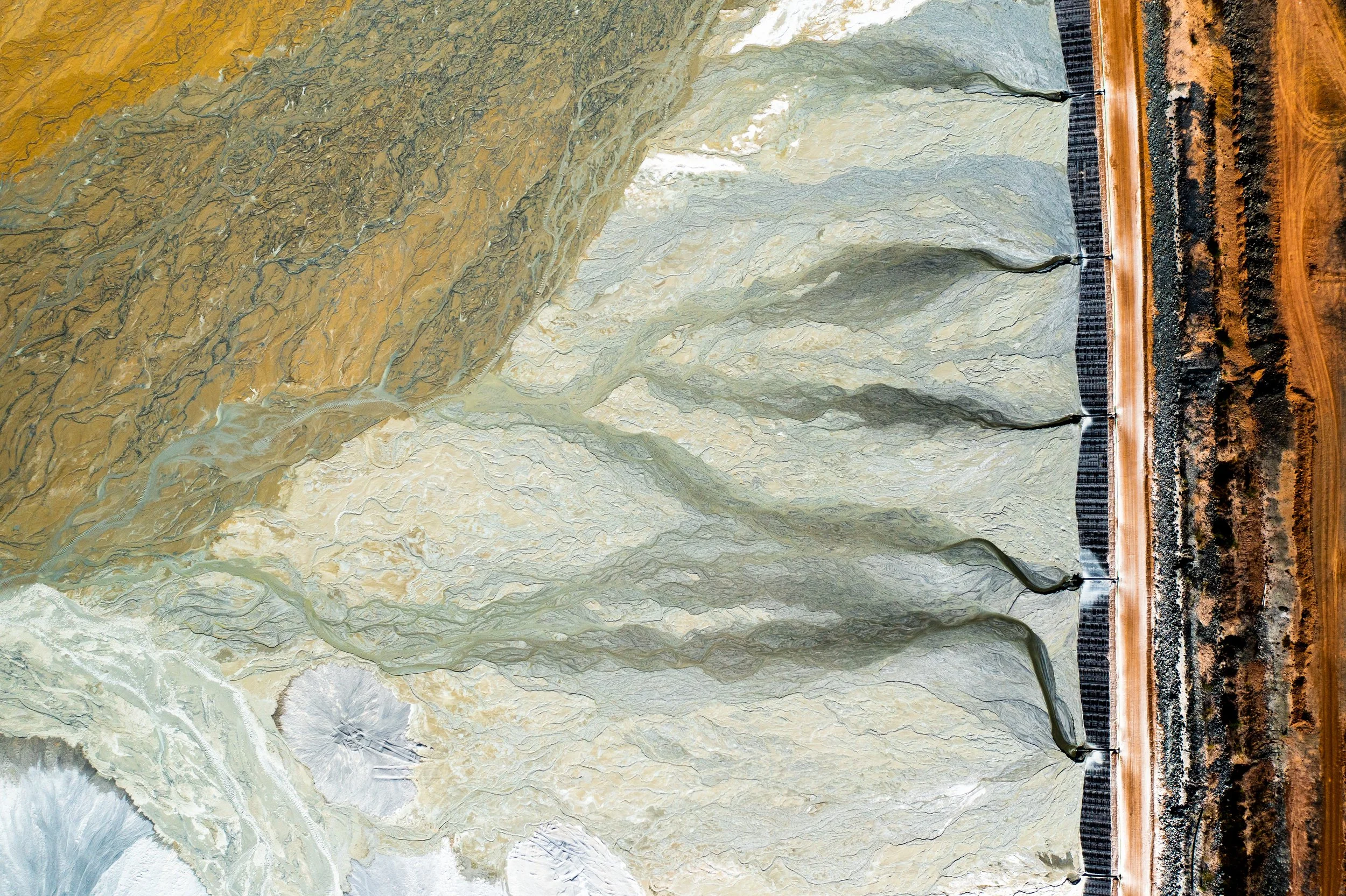The waste of yesterday is the wealth of tomorrow.
Decarbonization is resource-intensive. Yet, billions of dollars' worth of critical minerals remain stranded in mining tailings as waste across North America and beyond. Instead of chasing new deposits, a growing number of innovators—and investors—are looking at how to recover what we've already unearthed. Tersa’s model shows it can be done profitably, cleanly, and at scale.
Globally, $3.4 trillion in these critical metals remains in legacy mine sites. These have long been viewed as liabilities—costly to manage, toxic to the environment, and difficult to remediate. But this is changing. With Tersa Earth’s technology, they represent a dual opportunity: to shore up mineral supply for the energy transition and to restore land and water systems impacted by historic extraction. Turning waste into value isn’t just good economics—it’s good environmental policy.
People: Shared Prosperity Starts with Shared Ownership
People who live near mine sites, often the Indigenous communities, have to deal with the impacts long after the mining ends. The damage can linger for decades, resulting in polluted water, degraded ecosystems, and little lasting benefit to show for it.
Tersa works in partnership with Indigenous Nations to co-develop projects that respect traditional land stewardship and deliver shared economic benefits. It’s not just about cleanup—it’s about building long-term outcomes that benefit communities and ecosystems alike.
Long-term progress starts with long-term partnerships.
Planet: Restoring Sites Without Compounding Impact
Traditional mine cleanup still depends on big diesel equipment, fresh water and requires decades of monitoring. In most cases, it doesn’t fix the issue—it just moves it around. The process is slow, expensive, and exhaustive on the environment.
Tersa takes a different approach. Our microbial fuel cells use naturally occurring bacteria to extract metals from waste and help stop acid drainage before it spreads. The system runs on its own—no added power, no clean water required.
It’s not just cleaner. It’s simpler. And it supports the recovery of impacted land and water.
Prosperity: A Smarter Way to Recover What We Need
Every ton of mine waste holds potential value—but until recently, the cost and complexity of recovery outweighed the return.
Tersa changes that equation. Our process makes it possible to:
Recover up to 99% of targeted metals, including copper, cobalt, and nickel
Lower long-term monitoring and closure costs
Create new revenue streams through recovered materials and potential carbon incentives
For operators, this means turning legacy liabilities into strategic assets. For governments, it offers a route to strengthen domestic supply chains without greenfield expansion. For communities, it’s a source of new investment tied to cleaner outcomes.
A Scalable Model for Mining’s Next Chapter
The demand for critical minerals will define the next phase of industrial development. How that demand is met will define its legacy.
Tersa’s model offers a path forward that is technically credible, economically sound, and aligned with broader environmental goals. It doesn’t require new mines, expanded footprints, or deferred liabilities. It makes better use of what’s already in front of us.
In a resource-constrained world, the ability to recover more—while impacting less—is a competitive advantage. And it’s one that’s already beginning to take hold.
We’re actively building partnerships to scale this model—across industries, geographies, and governments.

